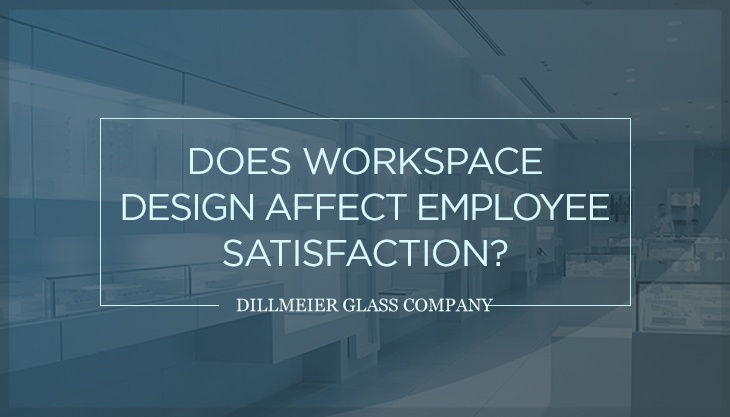 People spend a lot of time in the workplace, so it’s no surprise there is a connection between its design and employee satisfaction. Recent studies exemplify just how much workspace design impacts employees.
People spend a lot of time in the workplace, so it’s no surprise there is a connection between its design and employee satisfaction. Recent studies exemplify just how much workspace design impacts employees.
Natural light, creative imagery and configurable furniture top the list.
Respondents to the Capital One Work Environment Survey, published in August 2017, were clear: Flexible workspaces implementing several key design elements are the gold standard. This includes natural light, artwork and creative imagery, configurable furniture and spaces, and collaborative space, among others.
The survey asked 2,500 full-time office professionals at global financial holding company Capital One Financial Corp. across five cities—San Francisco, New York, Chicago, Dallas, and Washington, D.C.—to share their preferences and priorities regarding workplace design, environment and benefits. It was conducted by market research consultancy firm Wakefield Research.
"At Capital One, our workplace strategy is grounded in associate needs with a focus on flexibility, innovation and collaboration so that they can thrive and create breakthrough products for our customers," Sam Fisher, senior director, Workplace Solutions, at Capital One, stated in a release announcing the survey's publication. "We see the workplace as a hybrid of design, amenities, culture, inclusivity and technology—all focused on providing the best environment and options for different work styles and roles."
Evidence suggests a well-designed office inspires.
San Francisco-based architectural firm Gensler conducts workspace surveys all over the world to determine exactly what affects an office environment, and how. Gensler’s 2016 U.S. Workplace Survey uncovered vital information about the all-important correlation between American workplace design and employees' experiences.
“Great workspace design drives creativity and innovation,” states the survey, which includes feedback from more than 4,000 workers across 11 industries.
The “look and feel” of the office, its overall layout, ability to adapt to different situations, noise management capabilities and access to people and resources are all design aspects to take into consideration when developing a blueprint for a space.
It’s not just the workspace design that plays a role in encouraging creativity, however. The survey notes having a purpose, or feeling like you’re making a difference, and the relationship between employees and upper management are additional drivers of innovation.
And the more innovative a company is, the better it performs.
Another survey echoes Gensler’s design functionality findings.
According to a 2016 global report by office furniture solutions company Steelcase, there are five critical components of employee engagement. Titled “Engagement and the Global Workplace,” the study includes responses from more than 12,000 participants in 17 countries.
“Engaged employees have more control over their experiences at work,” states one of its key findings.
This includes the ability to move around in the office, and work wherever and however employees want, based on their responsibilities.
Workspace design affects all of this, and an adjustable floorplan may help maximize its many potential benefits. For example, adding versatile elements, such as glass office partitions or unassigned seating—as architect and principal of Spector Group, Scott Spector has discussed—can give workers the additional freedom and control they desire.
This relates back to a discovery from Gensler’s survey: Innovative organizations are five times “more likely to have workplaces that prioritize both individual and group workspace.” This is something employers should keep in mind and contractors should expect clients to inquire about.
Since more natural light was a chief design element desired by employees in the Capital One survey, integrating glass into the workplace layout can also help to achieve the ideal office environment, and thus, help increase employees' happiness, creativity and innovation.


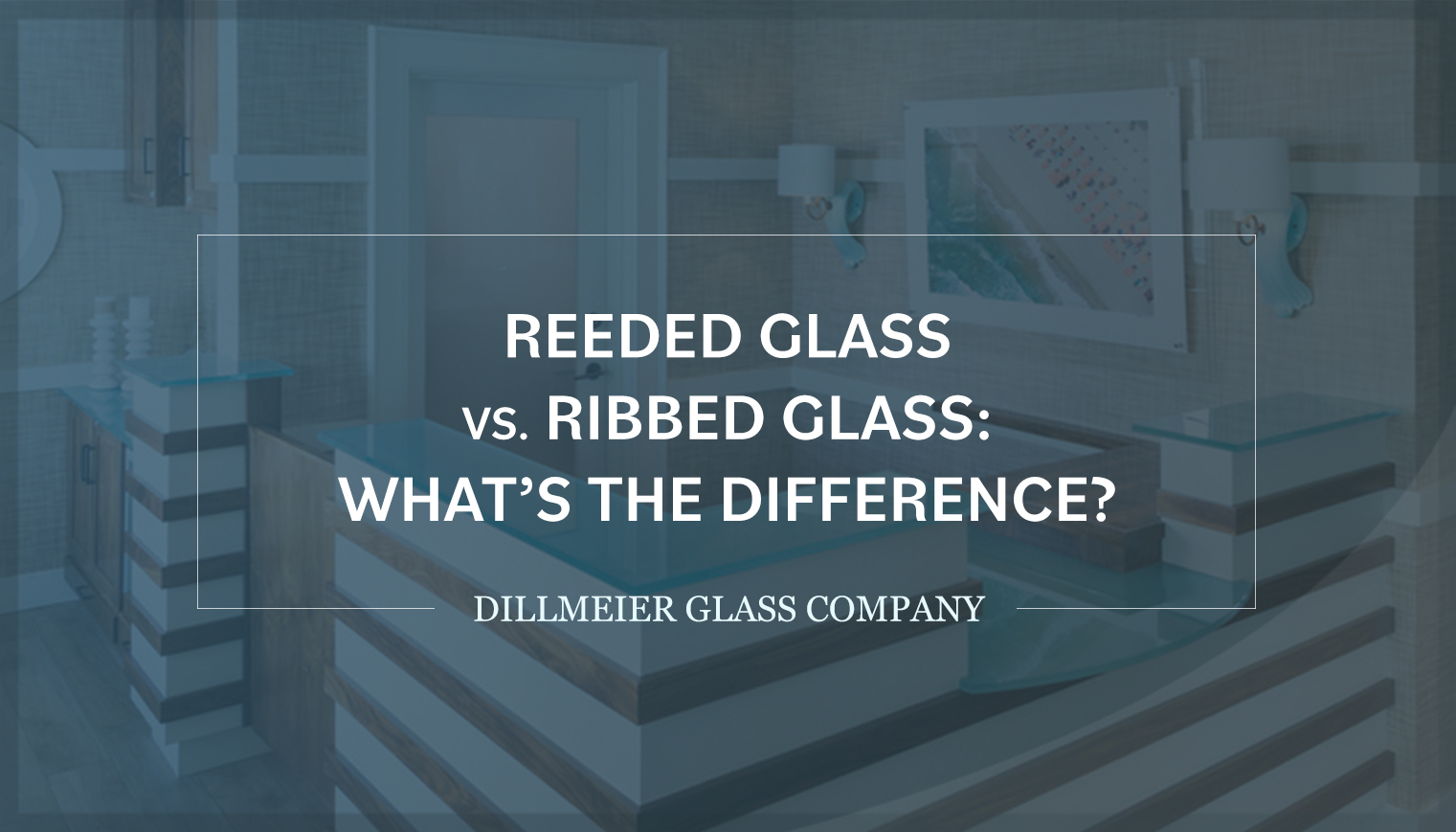
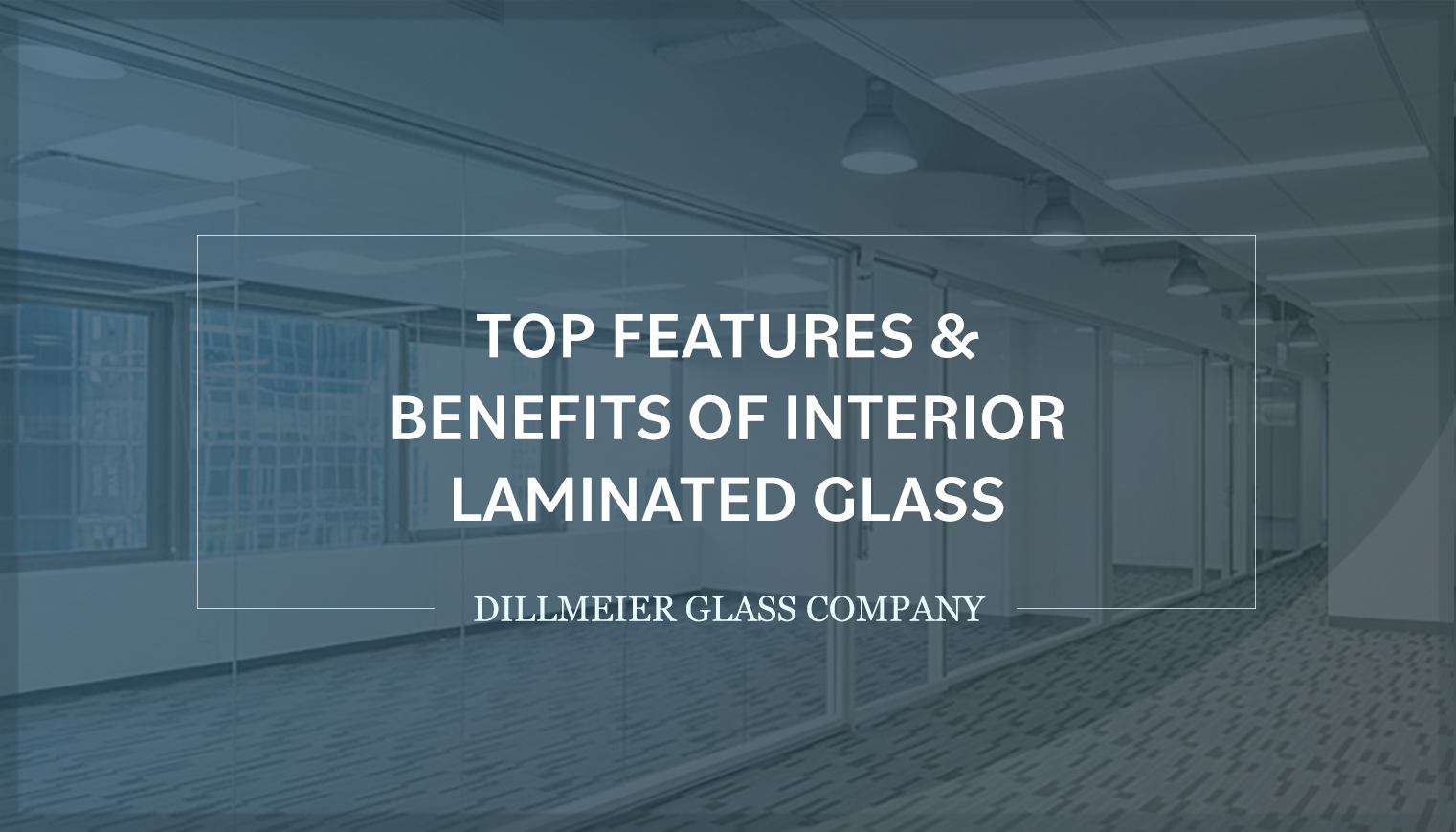
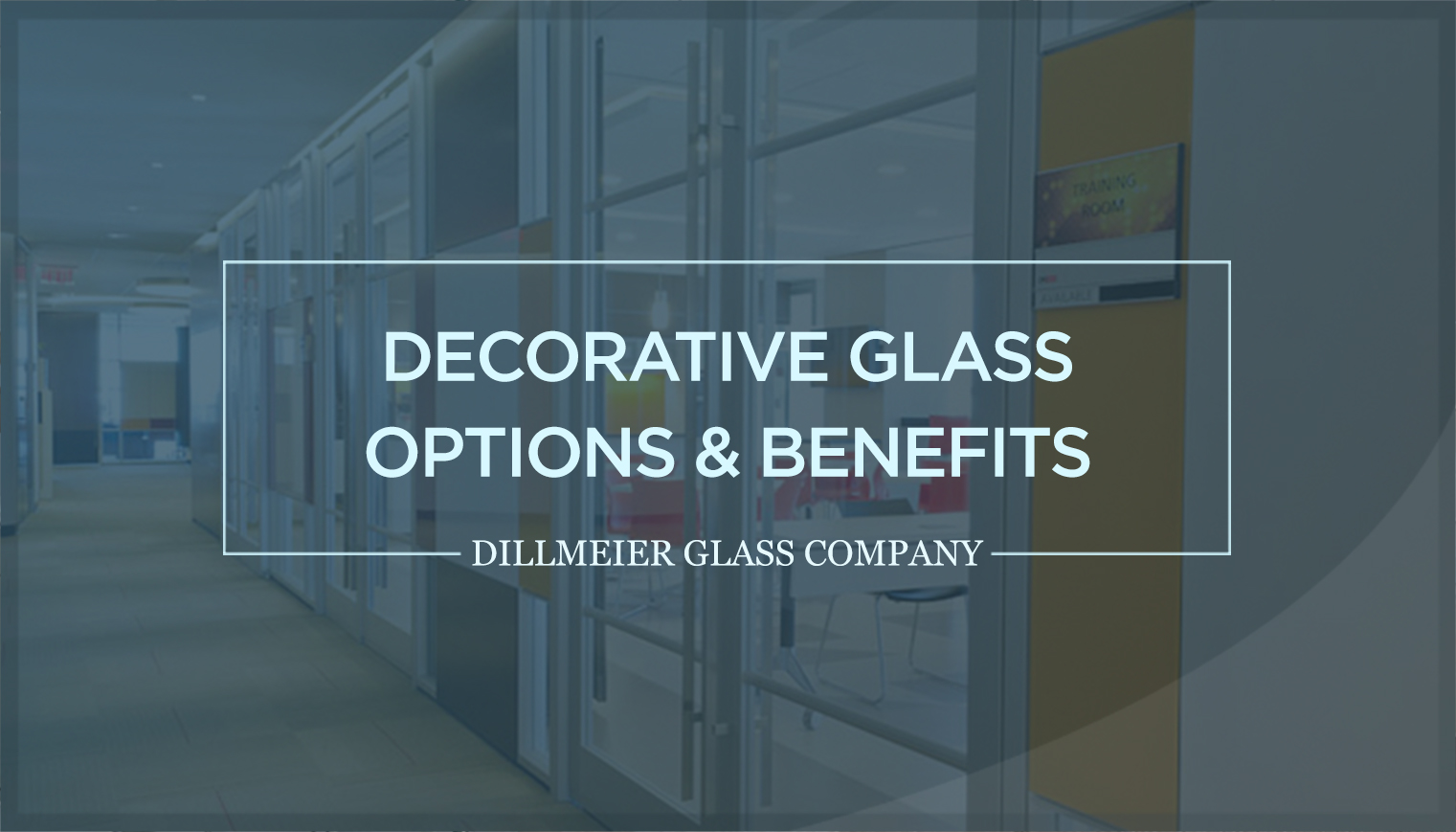
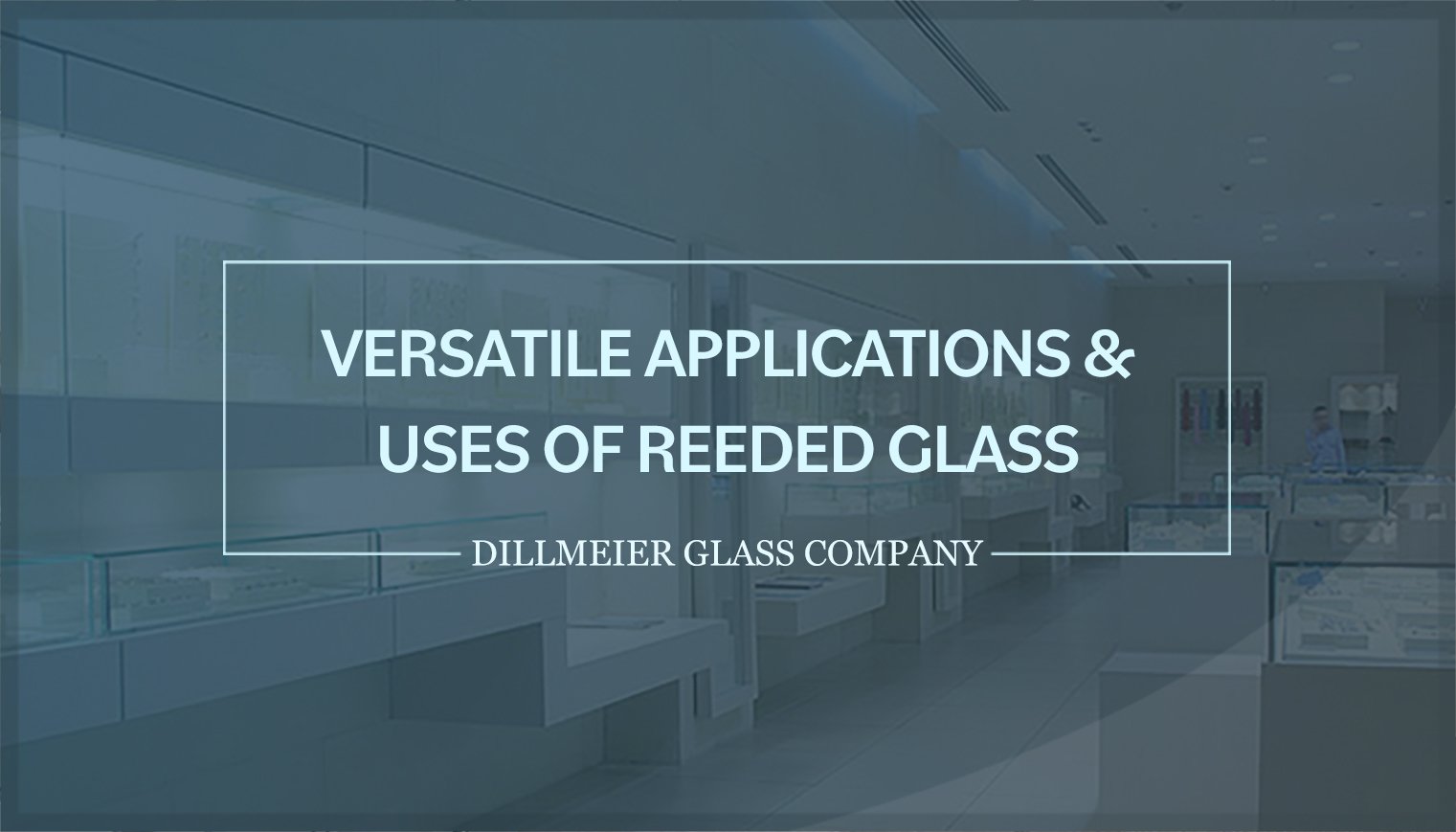
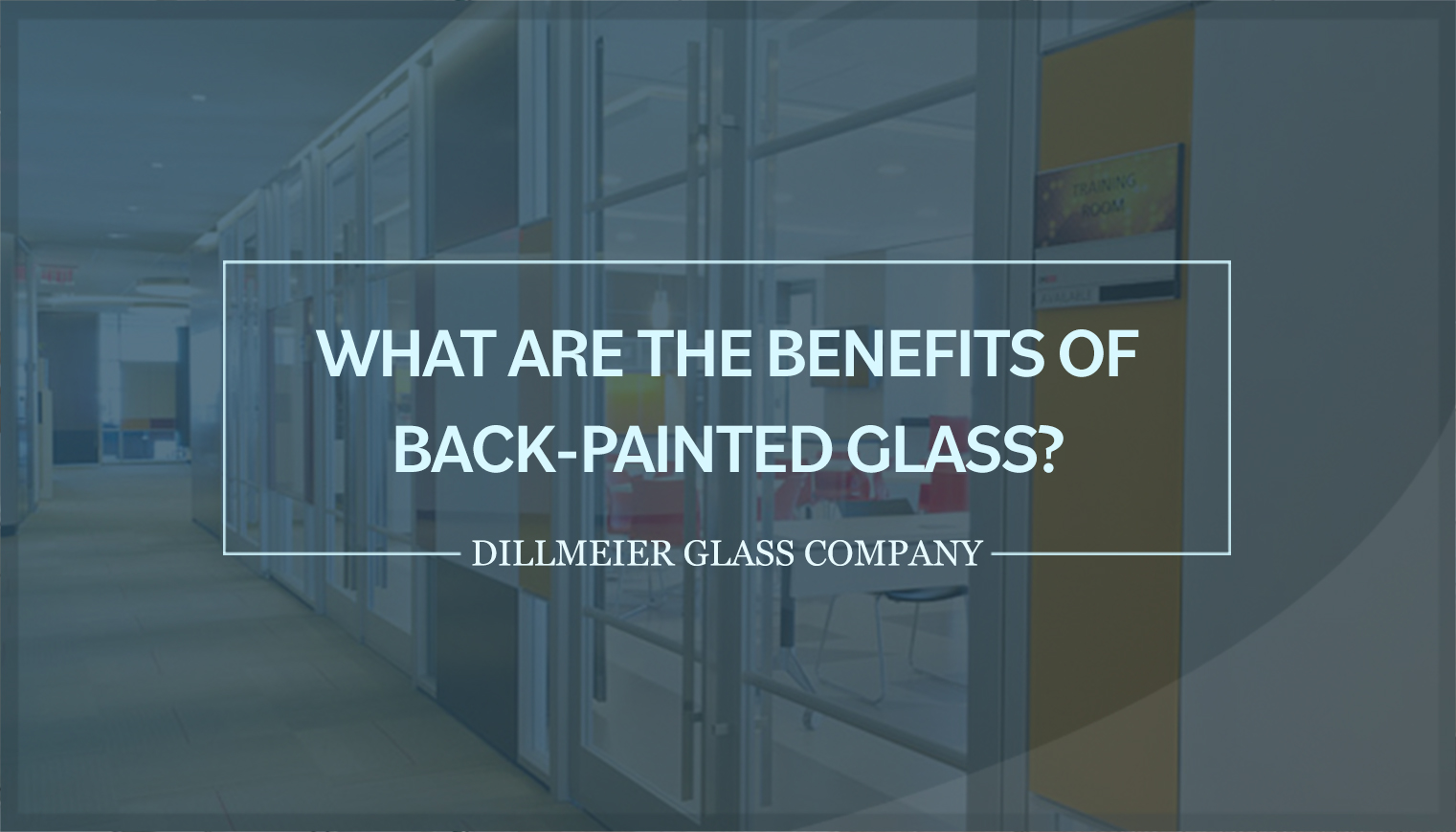


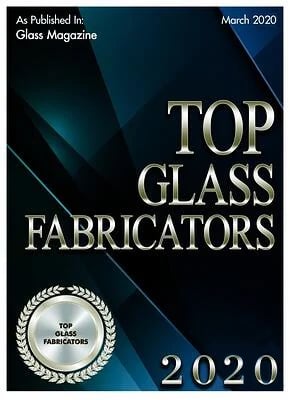
Leave a Comment